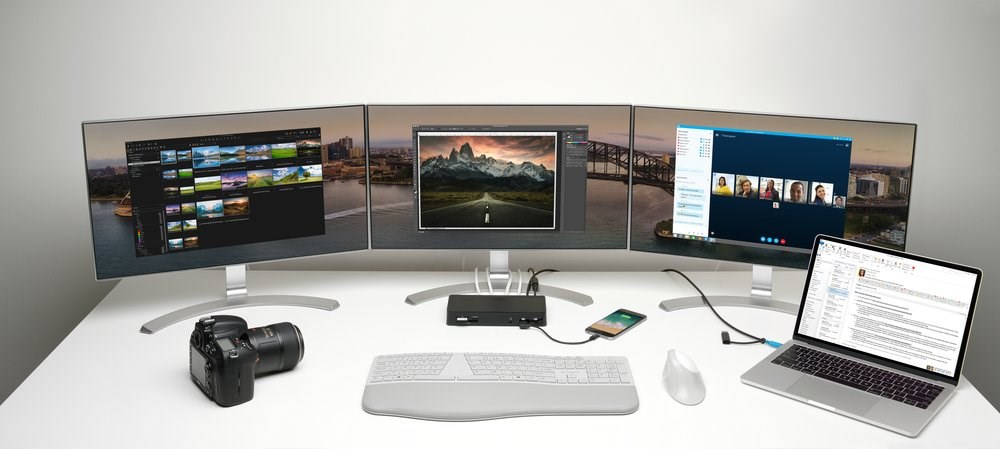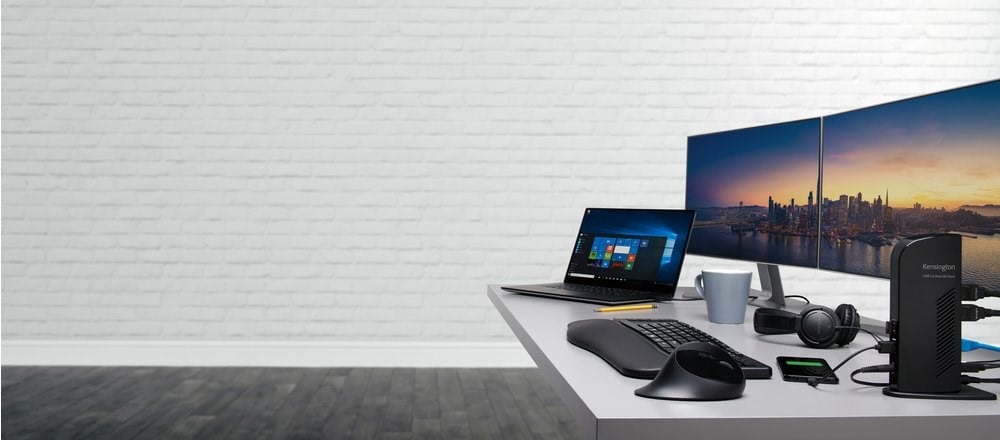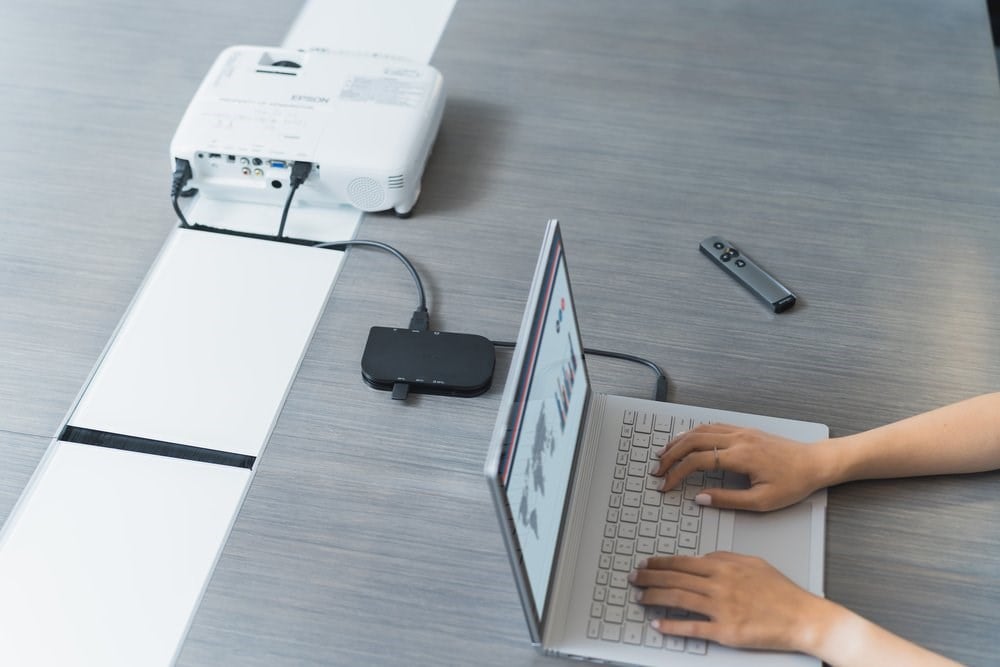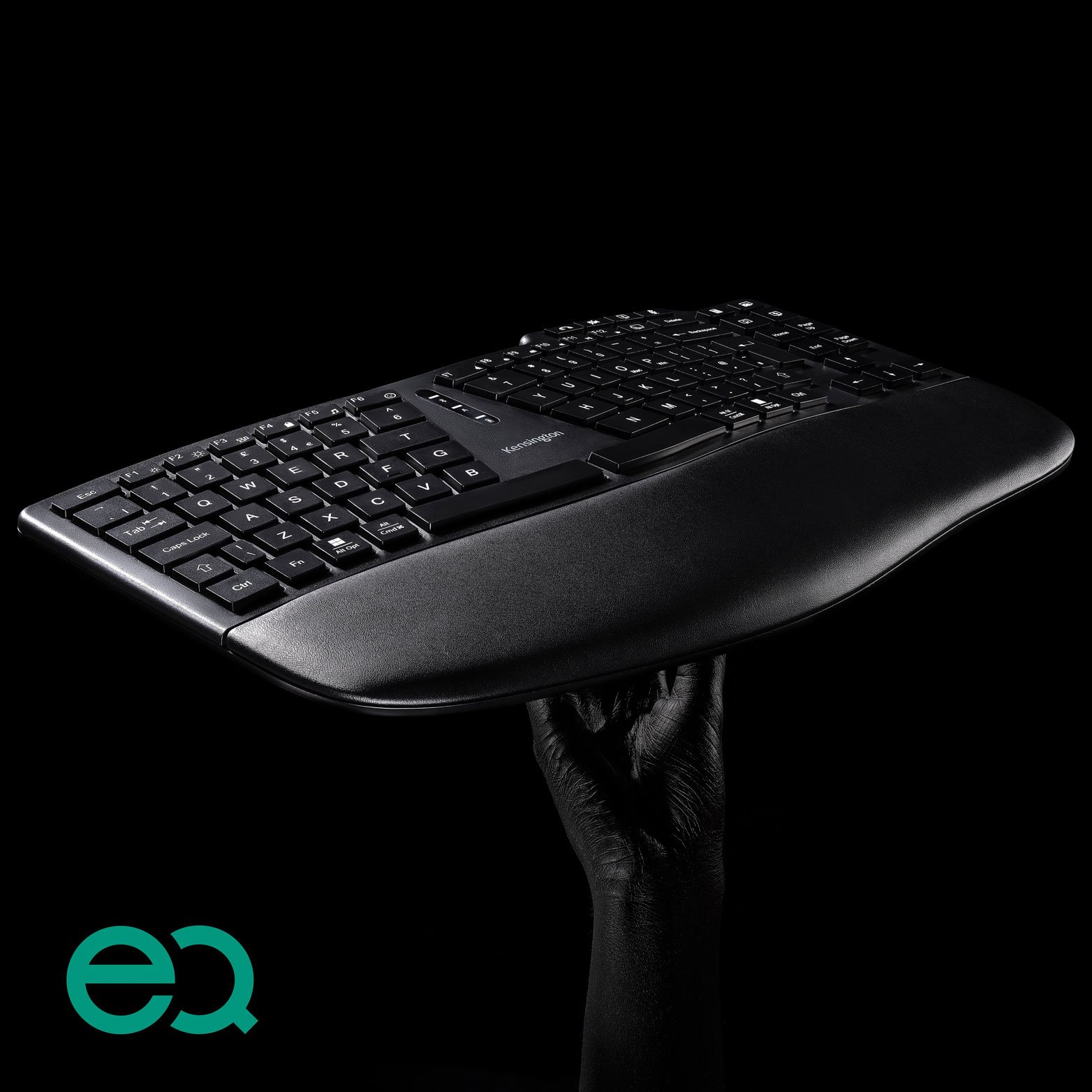
As monitors get larger, 4K video resolution is becoming the baseline standard. It’s increasingly found in broadcast TV, streaming video services, and even video games. While the mainstream market is just catching on to 4K, manufacturers are working on 8K and 16K video resolutions. Do you really need 4K, or even 8K or 16K?
The short answer is yes but each use case is different.
Video resolution is measured in pixels, and each monitor pixel is comprised of three sub-pixels: red, blue, and green (RGB). Each is combined on a thin-film transistor (TFT) and attached to a thin glass backplane, where they create the images you see on your screen. When you see resolutions like 1080P, 4K, 8K, and 16K, they’re describing the number of pixels used to create images on your display.
It’s more than you think too.
The term 4K doesn’t mean your monitor only has 4,000 pixels. A 4K monitor can display anywhere from 3840 to 4096 pixels vertically across your monitor, depending on whether it’s built by UHDTV or Digital Cinema standards. This means it fits ~8.3-8.8 million pixels on screen, versus ~2 million pixels in a 1080p display. New 8K TVs and broadcasts are expected to dominate the 2020s, thanks to recent pushes by brands like Sony and Panasonic.
Advancements in these ultra-high definition (UHD) video resolutions were made because of glass backplanes by companies like Corning. It’s not just for entertainment purposes either – upgrading your video resolution can also make you more productive.
The Effects of Video Resolution
Video resolution has a direct impact on our productivity and health. This is because we spend more than half our waking hours staring at screens, according to a study published by the New York Post. There are three key areas to consider with video resolution.
1. Productivity

Higher video resolution increases the sharpness of your desktop, essentially shrinking everything on a same-size display and giving you more space to work with. More workspace makes navigating documents and web pages easier and lets you have more open at any given time.
More pixels also mean you can also use larger monitors – 1080P HD resolution on a 27-inch monitor can be grainy if working with graphic-intensive applications, while 4K video resolution is crystal clear. With smaller icons and text more clearly displayed on larger screens, you’re exponentially increasing the amount of data that can be seen at-a-glance on your monitor.
Video resolution also enables dual- and multi-monitor setups. This improves your ability to analyze trends, prioritize tasks, and keep your workspace clean.
2. Refresh Rate
Refresh rates are also an important monitor spec to consider when shopping for monitors. Modern flat-panel LCD monitors don’t flicker like the old CRT versions, but a higher refresh rate of 144 Hz or 240 Hz (versus the standard 60 Hz) can greatly increase the clarity and sharpness of high-speed video games.
Thankfully refresh rate doesn’t affect the normal processing of office documents. Documents and databases don’t have image issues like ghosting that graphic-intense applications like video games do, and refresh rates as low as 30 Hz look clear on office 4K monitors.
3. Aspect Ratios

Another important spec you’ll want to consider is aspect ratio. This was a major concern with older CRT monitors, as they used a 4:3 full-screen aspect ratio, versus the 16:9 widescreen aspect ratio of movie theaters.
This is why you see black bars around your screen while watching a movie. If the aspect ratio of the video source doesn’t match your screen, it can either blackout the rest of the screen, crop the source, or stretch (thus distorting) it to fit the entire screen.
While aspect ratios and refresh rates are not directly related to video resolution, they are important to know. Productivity is what you’re here to learn about though, so let’s discuss how the best 4K docking stations affect your productivity.
The Best 4K Docking Stations to Improve Productivity
Kensington has the best 4K docking stations on the market. These powerful tools unlock the full potential of your laptop, enabling larger monitors, multiple screens, and more.
Desktop Solutions
Thunderbolt 3 – Up to 40Gbps data transfer speeds on Windows or macOS laptops
The SD2400T docking station supports Dual 4K @ 60Hz and 8-Ports of productivity, in our smallest Nano form factor.
The SD5300T/SD5350T docking stations support Dual 4K @ 60Hz and 10-Ports of productivity, with providing support for SD cards.
The SD5500T and SD5550T docking stations are the first of their kind, supporting Thunderbolt 3 while also being backward compatible with USB-C laptops. They support Dual 4K @ 60Hz and 10-Ports of productivity.
The LD5400T docking station is a Dual 4K @ 60Hz solution with K-Fob™ Smart Lock support for Thunderbolt 3 devices. Next-gen encrypted K-Fob™ technology provides a secure dock and lock solution that is easy to deploy and manage in single user or multi user (hot desking and mixed-deployment) environments.
USB-C & USB-A – Up to 10Gbps data transfer speeds on Windows, macOS and Chrome laptops
The SD4750P docking station is a USB-C and USB-A Dual 4K @ 60Hz solution that supports 5Gbps data transfer speeds, 13-Ports of productivity, and four video ports (two HDMI and two DP++) allowing you to avoid video adapters.
The SD4900P docking station is a USB-C and USB 3.0 Triple 4K @ 60Hz solution that supports 10Gbps data transfer speeds, 17-Ports of productivity, and has a total of six video ports to choose from (three HDMI and three DP++). To top it all off, the SD4900P supports three card reader types (SD, Micro SD and Compact Flash) providing an expansive workstation that jumpstarts productivity.
USB-C – Up to 5Gbps data transfer speeds on Windows, macOS and Chrome laptops
The SD2000P docking station supports Single 4K @ 30Hz and 6-Ports of productivity, in our smallest Nano form factor.
USB-A – Up to 5Gbps data transfer speeds on Windows, macOS and Chrome laptops
The SD4100v docking station supports Dual 4K @ 60Hz, 11-Ports of productivity, and comes with a 3m host cable; all while sitting vertically on the desktop.
Surface Connect – Up to 5Gbps data transfer speeds on Windows Surface Pro 7/6/5/4 devices
The SD7000 Surface Pro docking station is designed in partnership with Microsoft exclusively for the Surface Pro. It supports a Single 4K monitor at 60Hz or Dual 4K monitors at 30Hz. Its two-position hinges let you use the Surface Pro as a display or input device, and five USB ports expand your connectivity.
Mobile Solutions

USB-C – Up to 5Gbps data transfer speeds on Windows, macOS and Chrome laptops
The SD1500 is a compact 4-Port, 5Gbps USB-C mobile hub, supporting up to 4K @ 30Hz via HDMI or up to 1080p via VGA.
The SD1600P offers the same 5Gbps USB-C small form factor solution that is great for those on the go. However, it supports 6-Ports (two additional USB ports), 60W of USB-C passthrough power, all while still supporting up to 4K @ 30Hz via HDMI or up to 1080p via VGA.
The SD1610P provides all the benefits of SD1600P but is optimized and certified to carry the Designed for Microsoft Surface badge.
Kensington 4K Cables and Adapters
Kensington has four adapters that are designed to accommodate 4K Ultra HD resolutions. They support conversions from mini DisplayPort to HDMI, DisplayPort to HDMI, USB 3.0 to HDMI, and USB 3.0 to DisplayPort. These adapters ensure you get crisp, 4K resolution no matter the connection you’re using. In addition, we have recently launched a line of video cables to support various types of installation needs ranging from Full HD solutions (DisplayPort to HDMI, DisplayPort to VGA, DisplayPort to DVI-D and HDMI to DVI-D) to solutions that support up to 4K (HDMI to HDMI) and even up to 8K (DisplayPort to DisplayPort).
Of course, the cream of the connectivity crop is Thunderbolt 3. This lightning-fast connection transfers data eight times as fast as USB 3.0 and delivers pixels 4x more than that of HDMI 1.4.
Check out Kensington’s full range of 4K-compatible products to find the one that works best for your office setup.
